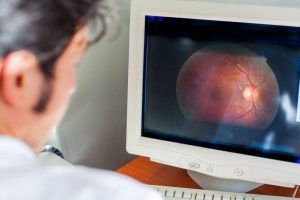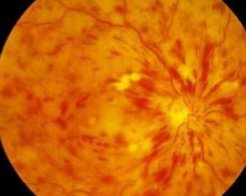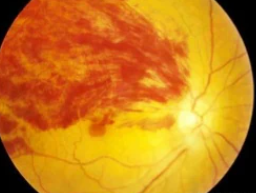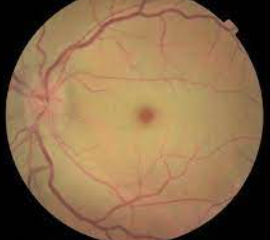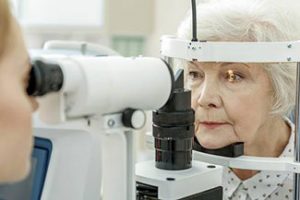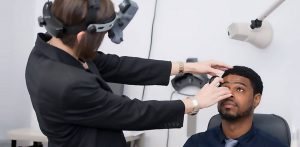Charles Bonnet Syndrome affects up to 40 percent of people with low vision.
Charles Bonnet Syndrome (CBS) typically develops in the weeks and months following an incident that has caused a significant deterioration of sight.
When low vision occurs suddenly, it can lead to a neurological reaction that causes the brain to create illusionary images, also called “visual hallucinations”.
These hallucinations are strictly visual, without any accompanying sounds or sensations and are unrelated to mental illness or psychiatric problems.
The visual images appear and disappear throughout the day, and differ in frequency from person to person— sometimes occurring every day, a few times per week, or several times per month.
Research shows that CBS most often occurs in those with visual acuity between 20/120 and 20/400.
What kinds of images does CBS create?
The images that appear can range from abstract patterns, shapes and colors, to detailed images of animals, objects, people, or cartoon characters.
While these visual hallucinations can cause feelings of insecurity and fear, once you understand that your hallucinations are not a symptom of mental illness, you may feel less affected by the sudden appearance and disappearance of the unexpected images.
If you suspect you have an eye condition, contact an eye doctor near you, who can diagnose and treat the condition.
SEE RELATED: What is Macular Edema?
Coping with CBS
Although there is currently no cure for CBS, the visual hallucinations tend to improve with time.
Here are some coping strategies that may help you to minimize the frequency and duration of the visual images:
Join a support group. Joining a support group for people with CBS can help you to feel connected to other people and keep you grounded during a time that you feel most insecure.
Change your environment. When a visual hallucination appears, changing your environment by moving to a different room, or turning on the TV or radio, can often help make the image disappear.
Face the image. Looking directly at the image or reaching out to touch it may help the image vanish more quickly.
Blink. Blinking rapidly for a few seconds or moving your eyes from side to side for 20-30 seconds may also help the image to fade.
Adjust lighting. If you frequently experience hallucinations in a specific lighting (bright or dim lighting), adjust the lighting in your environment to make it more comfortable for your eyes.
Get plenty of sleep. Stress and fatigue are known triggers for visual hallucinations associated with CBS, so staying calm and rested can help to minimize the visual images. Yoga, meditation and other relaxation techniques may also help you to control the hallucinations.
Wear specialized glasses. Wearing custom-designed low vision glasses or glasses with tinted lenses can help to reduce the frequency of visual hallucinations. Speak with your eye doctor to find out which lenses can help you.
Low vision can significantly impact daily functioning. When low vision causes CBS, the ability to perform routine daily activities can be impacted to an even greater degree.
If you are suffering from low vision and/or CBS, you are not alone.
A variety of low vision aids and devices have been designed to help people with low vision live their lives with a greater sense of security and independence.
LEARN MORE: Guide to Eye Conditions
Schedule an appointment with an eye doctor near you to find out which type of low vision device is right for you.


